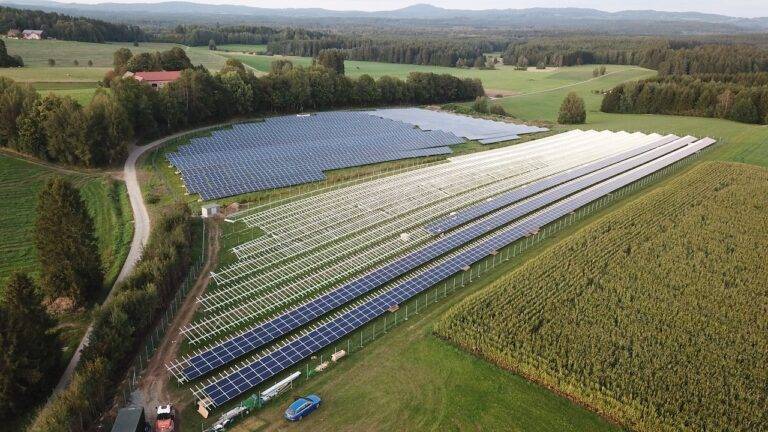The Role of Tech in Sustainable Agriculture: Precision Farming and Crop Monitoring
Precision farming offers numerous advantages to modern agricultural practices. By utilizing advanced technologies such as GPS guidance systems and remote sensing, farmers can accurately apply resources like water, fertilizers, and pesticides only where and when they are needed. This targeted approach not only increases efficiency but also reduces costs and minimizes environmental impact by decreasing the overall amount of inputs required for crop production.
Furthermore, precision farming enables farmers to better analyze and understand their fields, leading to improved decision-making processes. By collecting and interpreting data on soil conditions, moisture levels, and crop health in real-time, growers can tailor their actions to optimize crop yields and quality. This data-driven approach empowers farmers to make more informed choices and adapt quickly to changing environmental conditions, ultimately leading to more sustainable and profitable farming operations.
Improving Crop Yields with Technology
Advancements in technology have revolutionized the agricultural industry, leading to significant improvements in crop yields. Through the utilization of innovative tools and precision farming techniques, farmers can now monitor and manage their crops with unprecedented accuracy and efficiency. This allows for targeted application of resources such as water, fertilizers, and pesticides, resulting in optimized plant growth and increased productivity.
Crop monitoring through technology has enabled farmers to make informed decisions based on real-time data and analysis. From drones and satellite imagery to sensors and automated machinery, these tools provide valuable insights into crop health, soil conditions, and environmental factors that can impact yield potential. By harnessing the power of technology, farmers are able to identify issues early on, implement timely interventions, and ultimately maximize their harvests for sustainable agricultural practices.
Innovative Tools for Crop Monitoring
Technological advancements have revolutionized the way farmers monitor their crops, offering innovative solutions to improve overall yield and efficiency in agriculture. With the introduction of satellite imagery, farmers can now access detailed information about their fields, such as crop health, moisture levels, and growth patterns, all from the comfort of their computer screens. This real-time data allows for better decision-making and management practices, ultimately leading to higher productivity and reduced costs for farmers.
Another cutting-edge tool for crop monitoring is the use of drones equipped with multispectral cameras. These drones can fly over fields and capture high-resolution images that provide valuable insights into crop health and development. By analyzing these images, farmers can identify issues such as pest infestations, nutrient deficiencies, or irrigation problems early on, enabling them to take targeted and timely actions to protect their crops and optimize yields. This level of precision and detail in monitoring has the potential to transform traditional farming practices and set new standards for sustainable agriculture.





